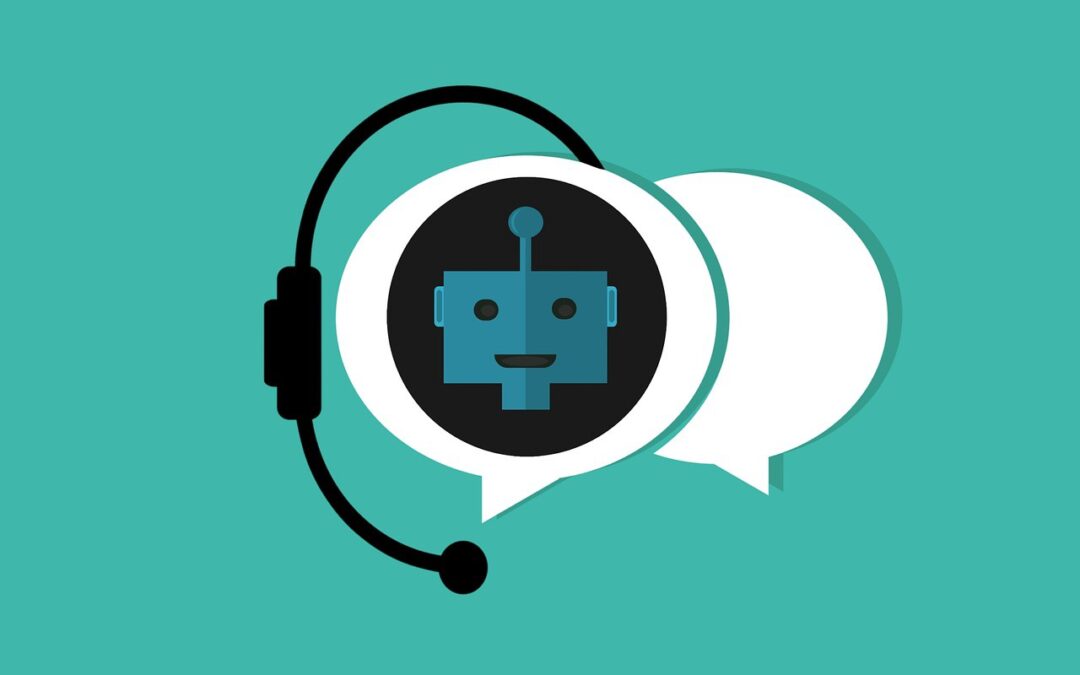Chatbot Hallucinations Are Poisoning Web Search

Artificial intelligence (AI) has revolutionized various aspects of our lives, and one area where it is extensively being used is web search. Search engines employ complex algorithms and AI-powered chatbots to provide answers to our queries. However, recent findings reveal a worrying concern – chatbot hallucinations that are poisoning web search results.
Chatbot hallucinations are essentially instances when AI-powered bots generate inaccurate or false information in response to user queries. These hallucinations occur due to the vast amounts of data the bots are exposed to, making them prone to misconstruing facts or generating completely fabricated responses.
While AI has undoubtedly improved the efficiency and accuracy of web searches, chatbot hallucinations pose a significant challenge. Users are often unable to distinguish between accurate and erroneous information, as the responses seem legitimate and trustworthy.
The Impact on Web Search
The prevalence of chatbot hallucinations significantly impacts the quality and reliability of web search results. Users may unknowingly rely on incorrect information provided by chatbots, leading to misguided decisions, misinformation, and sometimes even harm.
Search engines, being the gateway to vast amounts of information, have a responsibility to ensure the accuracy and trustworthiness of the results they present. However, chatbot hallucinations undermine this responsibility by perpetuating misleading information.
Combating Chatbot Hallucinations
Tackling chatbot hallucinations requires a collective effort from both AI developers and search engine companies. Implementing stringent data verification processes and employing stricter fact-checking mechanisms can help reduce the occurrence of chatbot hallucinations.
Additionally, users should also be cautious when relying solely on information provided by chatbots. Cross-referencing information from multiple reliable sources can help mitigate the risks associated with chatbot-generated hallucinations.
Future Prospects
Efforts are underway to address the issue of chatbot hallucinations and enhance the accuracy of web search results. Advancements in AI technologies, such as natural language processing and sentiment analysis, can aid in deciphering unreliable responses from chatbots.
Furthermore, educating users about the potential risks associated with chatbot hallucinations, and promoting critical thinking when evaluating online information, will assist in minimizing the impact of such hallucinations on web search.
Conclusion
While AI-driven chatbots have revolutionized web search, the prevalence of chatbot hallucinations poses a significant challenge to the accuracy and reliability of search engine results. Tackling this issue necessitates collaboration between AI developers, search engine companies, and users to ensure the veracity of information and minimize misinformation poisoning the web.
By collectively addressing chatbot hallucinations, we can foster an online environment that provides accurate, reliable, and trustworthy information, empowering users to make informed decisions.
References:


Recent Comments